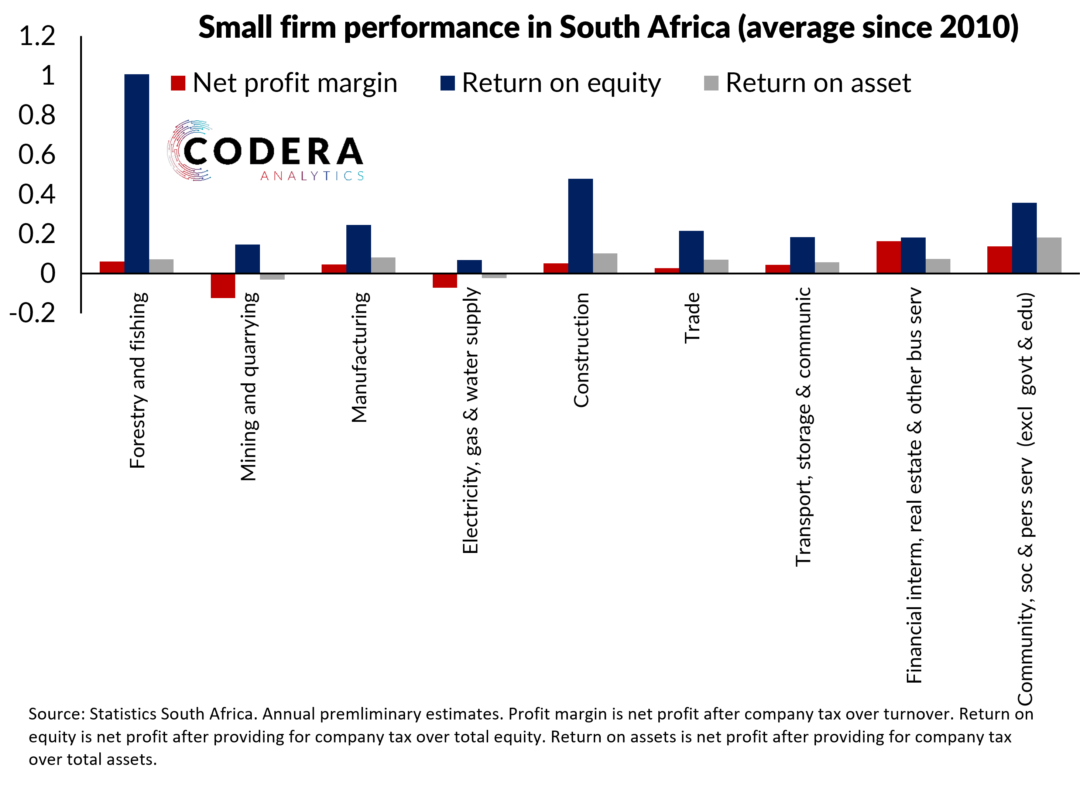Today’s post provides evidence of a high degree of dispersion across price categories that comprise the consumer price basket in South Africa.
Understanding the distribution of price changes across categories in the CPI is crucial for an inflation-targeting central bank because it provides insights into the nature, drivers, and persistence of inflation.
The first two figures shows that, since 2008, a large proportion of inflation outcomes for the detailed components that comprise the consumer price basket have been outside the SARB’s 3 to 6 percent inflation target band, whether considered at 5-digit or 8-digit level. Both the mean and median outcome across very detailed specific components comprising the inflation basket have been above 5% since 2009 at 5-digit level. The asymmetry in South Africa’s inflation distribution implies that the mean and the median of inflation outcomes will not be the same. A striking feature of the two distributions is the differences in their respective means and medians, demonstrating differences in the distributions at different levels of aggregation.


When one looks at class and product level, there has also been high dispersion, particularly for several categories that are highly dependent on tradable products such as petrol (such as transportation), administered prices such as electricity, and some food sub-categories.

The distribution of price changes matters since price setting behaviour has implications for the optimal inflation target and the appropriate approach to inflation targeting. Given the high inflation dispersion in South Africa, it might be better the central bank to focus on the trend growth rate of underlying inflation instead of headline inflation.
Compiled by Aidan Horn and Oliver Guest

